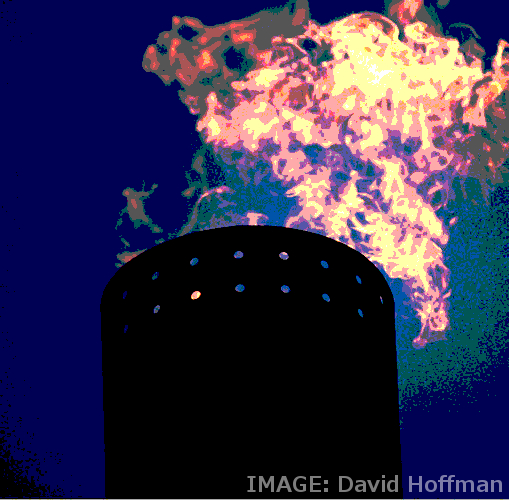Much methane missed
 Fugitive emissions of methane in Australia are far higher than reported, according to experts.
Fugitive emissions of methane in Australia are far higher than reported, according to experts.
The International Energy Agency (IEA) recently published estimates of actual methane emissions by country for 2022, including emissions detected by satellites.
It details serious underreporting by Australia, which means industry efforts to meet the country’s net zero targets may need to be significantly recalibrated.
The IEA estimates that methane emissions from coal mining in Australia are about 81 per cent higher than the national inventory data, and for the oil and gas sector, 92 per cent higher.
Although it has a shorter life in the atmosphere, methane is a far more damaging greenhouse gas than carbon dioxide.
This is because it absorbs much more energy than CO2 while it exists in the atmosphere - warming 82 times more than CO2 over a 20-year period.
“According to the IEA estimates, Australia is currently omitting 28 million tonnes of CO2 equivalent (MtCO2e) of fugitive methane emissions from its inventory, which is about 6% of its total emissions,” says author Amandine Denis-Ryan, chief executive of IEEFA Australia.
The IEA data means major industrial emitters covered by the federal government’s Safeguard Mechanism would have to more than double their emissions reductions by 2030.
“It is critical to correct these underestimates as soon as possible, in particular in the context
of the declining cap set on Australia’s largest industrial emitters as part of the Safeguard
Mechanism,” Ms Denis-Ryan says.
“The under-reporting will have a very material impact on the Safeguard Mechanism baseline declines. Based on our calculations, the baseline decline rate would need to be doubled from 4.9 per cent to 9.8 per cent a year for covered facilities. This would require covered facilities to more than halve their emissions over a period of seven years.”
The only alternative would be to increase emission reduction requirements from other sectors of the economy.
With such strong implications, it is critical that methane emissions under-reporting is corrected as soon as possible, and that a plan is developed to address those emissions to ensure that Australian industries and households do not bear the brunt of the cost for the methane emissions by the coal, oil and gas industries.
For example, the United States introduced a new waste emissions charge for methane emissions from the oil and gas industry equivalent to AU$45 per tonne of CO2 equivalent in 2024, AU$60/tCO2e in 2025, and AU$76/tCO2e in 2026 onwards.
The full report is accessible here.







 Print
Print